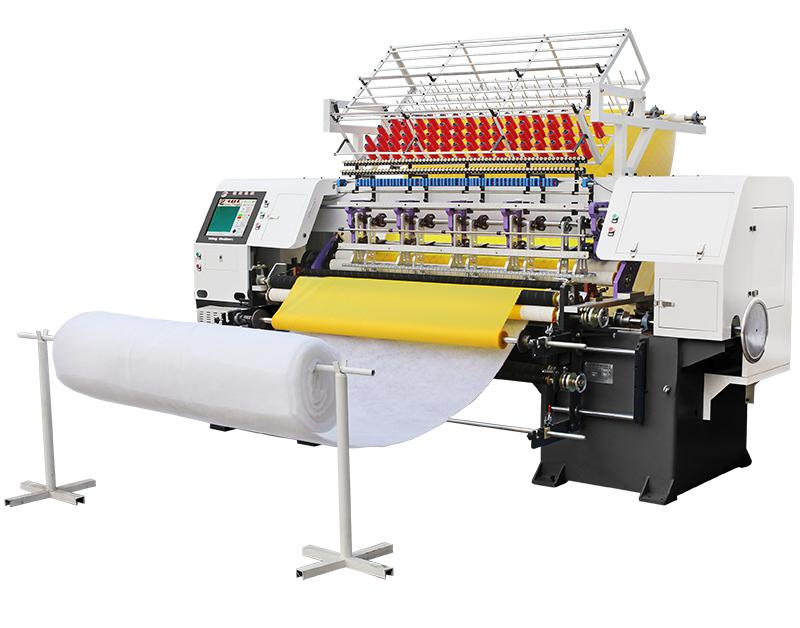button machine price
Button machine prices vary significantly based on their capabilities, quality, and production capacity. A comprehensive understanding of button machine pricing reveals that entry-level manual machines typically range from $100 to $500, while professional-grade automatic systems can cost between $2,000 and $10,000. These machines incorporate various technological features, including adjustable pressure settings, interchangeable die sets, and precision alignment systems. Modern button machines often feature digital control panels, automated material feeding mechanisms, and multiple station operations for enhanced productivity. The machines support diverse applications, from creating promotional badges and fashion accessories to manufacturing industrial buttons. They can process various materials including metal, plastic, fabric, and paper, with production speeds ranging from 300 to 3,000 pieces per hour depending on the model. Advanced models include safety features such as emergency shut-off systems, overload protection, and ergonomic designs for operator comfort. The price point often reflects additional features like warranty coverage, after-sales service, and included starter kits with dies and materials.

